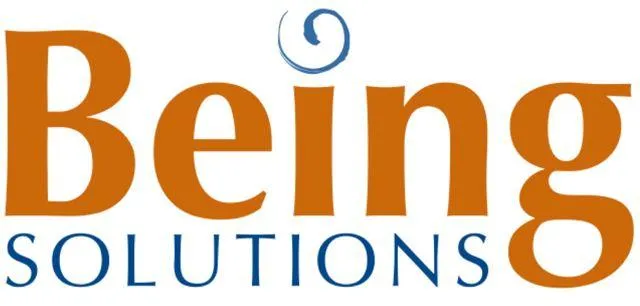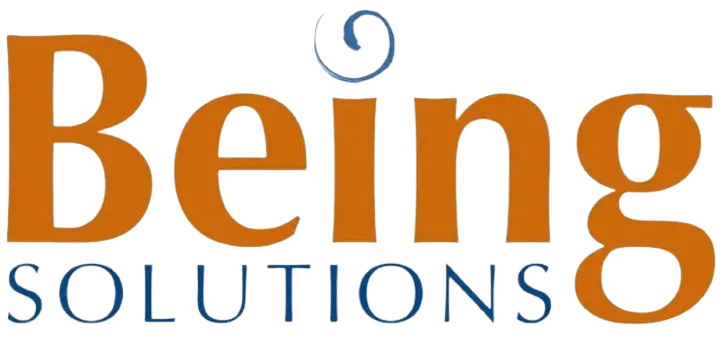RPM Frequently asked questions
What is RPM?
RPM uses digital technologies to monitor and capture patients' medical and other health data and electronically transmit this information to healthcare providers for assessment and, when necessary, recommendations and instructions. It allows providers to continue tracking healthcare data for patients once they are discharged and encourages patients to take more control of their health.
What are common patient data types collected via RPM?
Providers can use RPM to collect patient health data, including blood pressure, vital signs, weight, heart rate, blood sugar levels, and physical activity.
What are common examples of RPM devices?
RPM can employ wired or wireless measurement devices. The most common RPM devices are blood pressure monitors, weight scales, cardiac implants, blood glucose meters, and pulse oximeters.
Who can deliver RPM services?
Physicians and other qualified healthcare professionals (QHCPs) can provide and bill for RPM. Clinical staff can furnish and manage RPM under the general supervision of the billing provider.
Who can receive RPM services?
Any patient. With that said, a provider should only order/prescribe RPM if captured data is directly relevant to managing a patient's condition(s) (i.e., medical necessity), with such justification documented in the medical record
Can federally qualified health centers (FQHCs) and rural health clinics (RHCs) deliver RPM services?
Yes, starting Jan. 1, 2024. More information on RPM rules for FQHCs and RHCs are below.
What are the benefits of using RPM?
RPM provides a wide range of benefits, including the following:
Keeping people healthy.
Reducing the number of hospitalizations
Reducing readmissions
Reducing hospital lengths of stay
Reducing patient, provider, and overall healthcare costs
Permitting older and disabled individuals to remain at home longer and delay or avoid moving into skilled nursing facilities
What do providers need to deliver RPM services?
Since each RPM program is different, the steps to set up programs will vary. The amount of work that providers must complete will differ by RPM program, but these are the general steps for providers who choose to deliver RPM services with minimal external support:
Speak with private payers to determine coverage (if considering non-Medicare patients)
Consider who you will take as RPM patients (i.e., establish your patient base)
Identify the condition(s) you will manage
Select the device(s) you will use to provide RPM
Set up an intake procedure to address matters such as initiating the patient care process, training patients on using the RPM device, installing the equipment in patients' homes (if necessary), maintaining the devices, and responding to equipment problems
Establish policies and procedures
Train staff
Market program
While this may seem like a lengthy list, a good RPM program vendor will perform many of these steps, thereby reducing the effort and management required from the provider and staff.
What do patients need to receive RPM services?
This will largely depend upon the RPM device and how data is transmitted from patient to provider. Some devices require patients to access one or more of the following: Wi-Fi; smartphone (in some instances, newer models); and personal computer. Other devices may only require the device itself. Such devices use cellular data to transmit information.
Depending upon the design and/or complexity of the device, patients may need in-person or virtual assistance to set up and use the technology.
Where is data captured via RPM stored?
Where RPM data is stored will depend upon the device. Typically, data is captured and transmitted via a Wi-Fi or cellular network to a central data repository. Types of repositories include an electronic health record (EHR) system or personal health record.
Older devices often stored the information on the device itself, which then required patients to convey the information to their providers. This type of workflow is no longer considered RPM by Medicare and the vast majority of other payers.
How is remote patient monitoring different from telehealth?
RPM is considered a specific subset of telehealth. Although the phrase ‘telehealth’ can refer to RPM, it can also refer to many other types of remote healthcare services.
RPM is the use of a device for interaction between providers and patients outside of the provider’s organization. Telehealth uses electronic information and telecommunications technologies to support long-distance clinical care, patient and professional health-related education, public health, and health administration.
Must patients provide consent to receive RPM services?
Yes, providers must obtain—in writing or verbally—and document consents in patients' medical records. Medicare allows for informed verbal consent, but other payers may require written.
What are the typical specialties that offer remote patient monitoring services?
Specialties frequently embracing RPM include cardiology, pulmonology, endocrinology, gastroenterology, and bariatrics.
What do providers need to deliver RPM services?
Since each RPM program is different, the steps to set up programs will vary. The amount of work that providers must complete will differ by RPM program, but these are the general steps for providers who choose to deliver RPM services with minimal external support:
Speak with private payers to determine coverage (if considering non-Medicare patients)
Consider who you will take as RPM patients (i.e., establish your patient base)
Identify the condition(s) you will manage
Select the device(s) you will use to provide RPM
Set up an intake procedure to address matters such as initiating the patient care process, training patients on using the RPM device, installing the equipment in patients' homes (if necessary), maintaining the devices, and responding to equipment problems
Establish policies and procedures
Train staff
Market program
While this may seem like a lengthy list, a good RPM program vendor will perform many of these steps, thereby reducing the effort and management required from the provider and staff.
What are some of the disease states managed via remote patient monitoring?
Common disease states managed by RPM include hypertension, obesity, congestive heart failure (CHF), chronic lower respiratory disease (COPD), and diabetes.
What rules and regulations do I need to follow when creating an RPM program?
Like any healthcare program, providers should follow HIPAA security and privacy regulations. Providers should ensure that their RPM devices and technology are compliant with FDA standards. Technology that meets FDA standards can help ensure quality control and assurance, data accuracy, and compliance. Finally, providers will want to ensure that their RPM programs follow the most current coding and billing rules. Please contact us to review your situation.
How do I ensure my RPM program is HIPAA compliant?
This essentially boils down to carefully vetting RPM vendors and their devices. Vendors should build their devices so that patient data is encrypted when it is in transit — from patient to provider and vice versa — and when the device that stores the data is not in use.
What are the common types of RPM programs available to providers?
There are a variety of programs and vendors providers can choose from. Generally speaking, they can be broken down into two types: full-service programs and those requiring a self-managed approach. The following summarizes the essential differences between these programs:
For a full-service program, a practice contracts with an RPM company to supply patients with devices. The practice can either hold a stock of the devices to distribute to patients or have the vendor ship devices directly to patients as the office enrolls them. Many full-service programs allow practices to lease the devices, eliminating upfront costs for each new patient. Devices are often cellular, which is simpler for patients to use. All they need to do is insert batteries into the devices and power them on. Some fullservice programs offer technical support to patients. Monthly costs are a higher percentage of reimbursement, but the initial cost for each device is eliminated and staff time to manage the program is greatly reduced.Here's some stuff
For programs requiring a self-managed approach, practices maintain the supply of devices (typically Bluetooth) and contracts with an RPM software vendor to manage the data from those devices. This approach requires the practice to perform what amounts to providing ongoing technical support for patients, although this time does count towards the management codes and is therefore not billable. Taking a self-managed approach can prove cheaper in the long run, but practices will need to incur significant initial costs and allocate more office resources and staff time to the program.
What should I know about the use of remote monitoring during global periods for surgery?
For Medicare beneficiaries receiving services during a global period, a provider may furnish RPM or remote therapeutic monitoring (RTM) services — but not both — to the individual beneficiary and the practitioner will receive separate payment. Remote monitoring services provided must be intended to address an underlying condition, not linked to the global procedure or service.
The practitioner will receive payment for the RTM or RPM services, separate from the global service payment, as long as other requirements for the global service and any other service during the global period are met.
Coverage for RPM
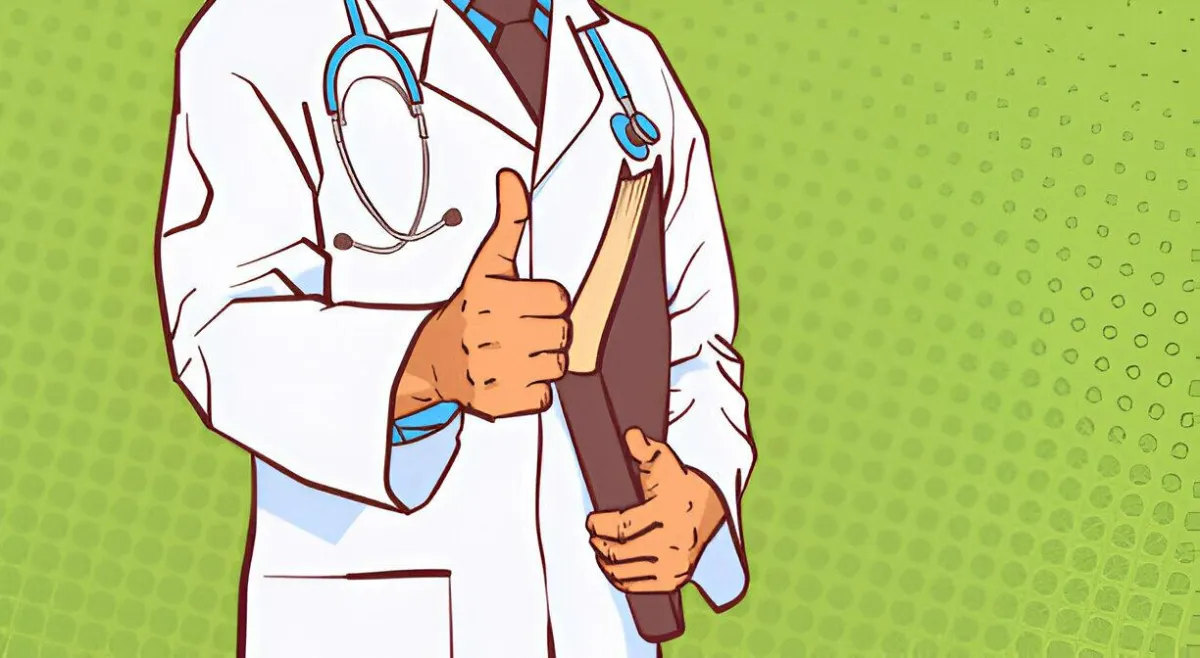
What payers cover RPM and how is it reimbursed?
RPM is payable by Medicare, 37 state Medicaid programs (as of December 2023), and an increasing number of private payers. Some states, such as Louisiana, have mandated that all private insurers operating in the state must cover some form of RPM.
There is a small payment for initial patient enrollment, and a monthly base payment for management of the device and patient readings. There is an optional service for each 20 minutes of care management — which can be provided by clinical staff — up to 60 minutes total.
What state Medicaid programs cover RPM?
As of spring fall 2023, the Center for Connected Health Policy (CCHP) reports that 37 states have some form of reimbursement for remote patient monitoring in their Medicaid programs. This is up from 22 states in the fall of 2020.
However, some states' RPM coverage has caveats. Many states with Medicaid programs that reimburse for RPM have restrictions associated with RPM use. CCHP states that the most common of these restrictions include only offering RPM reimbursement to home health agencies, restricting the clinical conditions for which symptoms can be monitored, and limiting the monitoring device and information that can be collected.
Is setting up the RPM device and related patient education considered covered services?
Yes, via CPT code 99453.
Are there rules governing where patients need to be to receive RPM services?
Essentially, no. Patients can receive these services if they are not in a shared space with the provider delivering the RPM services. This means patients can be in their homes, on vacation, in a skilled nursing facility, at work, or in any other location where the service can be provided.
RPM Billing, Coding, and Compliance
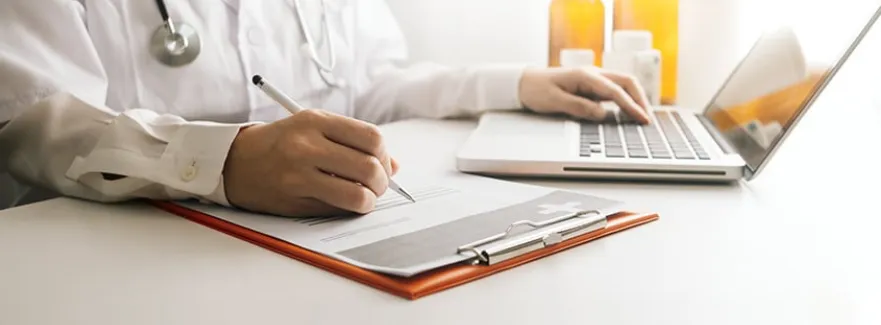
What CPT codes cover RPM and how much are they reimbursed by Medicare*?
As of CY 2024, they are as follows:
99453 (Remote monitoring of physiologic parameter(s) (e.g, weight, blood pressure, pulse oximetry, respiratory flow rate), initial; set-up and patient education on use of equipment) — Medicare pays ~$20 for initial setup of an RPM device and patient education.
99454 (Device(s) supply with daily recording(s) or programmed alert(s) transmission, each 30 days) — Medicare pays ~$47 per month for monitoring patient data as it streams in from a device
99457 (Remote physiologic monitoring treatment management services, clinical staff/physician/other qualified health care professional time in a calendar month requiring interactive communication with the patient/caregiver during the month; initial 20 minutes) — Medicare pays ~$48 per month for spending 20 minutes a month tracking and monitoring data and managing resulting care.
99458 (Remote physiologic monitoring treatment management services, clinical staff/physician/other qualified health care professional time in a calendar month requiring interactive communication with the patient/caregiver during the month; additional 20 minutes) — Medicare pays $39 per month for each additional minute spent past 99457's initial 20 minutes up to 60 minutes total.
*Amounts identified are approximate. Reimbursement varies among Medicare administrative contractors (MACs). Note: CPT code 99091 was the original way to bill for remote patient monitoring. Over the past several years, its limitations and requirements have made it rarely reported due to the availability of the newer codes listed above. However, the 2021 Medicare physician fee schedule final rule changed the frequency that CPT 99091 is reported as CMS now permits billing the code with newer codes. In other words, providers can bill for "complex" RPM management when they must spend significant time managing the patient and their RPM care plan. CMS also stated that 99091 can be billed each 30 days whenever such complex provider management occurs without affecting the practice's ability to bill clinical staff time via CPT 99457 each calendar month. In 2024, Medicare reimburses ~$53 for CPT 99091.
Who can perform RPM under CPT code 99457?
99457 reimburses for time spent by the billing physician, QHCP, or clinical staff, in accordance with laws.
Are RPM services only reimbursable for patients with multiple chronic conditions?
No. Providers may recommend RPM services for any patient who may benefit from the service.
Is CPT code 99454 reimbursed per device or per patient?
99454 can only be billed once per patient every 30 days. This is regardless of whether the patient is using a single device or multiple devices.
Can RPM be billed in conjunction with chronic care management (CCM)?
Yes, a provider can bill both the RPM CPT code 99457 and CCM CPT code 99490. CMS recognizes the analysis involved in furnishing RPM services is complementary to CCM and other care management services. With that said, the time spent by providers in furnishing these services cannot be counted towards the required time for RPM and CCM codes for a single month. In other words, no “double counting.” Billing 99457 and 99490 together requires a provider to deliver at least 40 minutes of services: 20 minutes of RPM, 20 minutes of CCM.
What is the 16-day rule?
Prior to COVID-19, the answer to this measurement days question was fairly straightforward: 16. However, a federal waiver issued early in the pandemic permitted providers to deliver and bill for RPM services to those patients with suspected or confirmed cases of COVID-19. The waiver stated that CMS would permit the reporting of RPM services to Medicare for periods of time of fewer than 16 days but no less than two days during the public health emergency (PHE). This became known as Medicare's "2-day RPM requirement." However, what's important to understand is that billing for CPT code 99453 and CPT code 99454 requires usage of a medical device that digitally collects and transmits 16 or more days of data every 30 days for the billing of these codes. This referred to as the "16-day RPM requirement"
Some providers and RPM vendors applied the 2-day RPM requirement to all patients during the PHE. This interpretation was incorrect. In early 2021, CMS stated that the 2-day RPM requirement should only be applied to patients with a suspected or confirmed diagnosis of COVID-19.
In the 2024 Physician Fee Schedule final rule, CMS responded to comments to further clarify that the 16-day rule only applies to device and supply codes (99453/99454) and not to time-based treatment management codes.
Is there a copayment associated with RPM services?
For Medicare beneficiaries: Yes. RPM services, like other Medicare Part B services, are subject to a 20% beneficiary copay. This copay is generally not waivable, but it may be covered if a patient has supplemental coverage or Medicaid.
>>> Private payers establish their copay policies and may choose not to require a copay. <<<
What are the documentation requirements for RP?
Providers should initially obtain informed beneficiary consent to receive RPM services.
To document CPT 99453, include the following:
practitioner order for device deployment;
condition(s) for which the patient is being monitored;
device identification;
date of delivery of the device to the patient; and
date(s) on which training is provided to the patient.
For time-based codes (CPT 99457 and 99458), document the time spent on each.
Is text messaging an acceptable form of "interactive communication" under Medicare rules?
No. CMS has defined interactive communication, as referred to in CPT code 99457 and CPT code 99458, as a conversation occurring in real time that includes synchronous, two-way interactions which can be enhanced with video or other kinds of data. This had been interpreted by some RPM providers and vendors to include texting as an acceptable method for delivering billable interactive communication time. But as of the 2021 Medicare physician fee schedule final rule, this is no longer the case. Time spent texting with patients can be counted towards RPM management time. However, it does not satisfy the requirement for interactive communication. Some billable time for each RPM code must be achieved via audio communication with the patient/caregiver.
Can multiple practitioners deliver remote patient monitoring services to the same patient at the same time?
No. This is a topic that has caused great confusion. If one or more providers attempt to bill for remote patient monitoring services for a patient already receiving RPM services from another provider, associated claims are likely to be denied. Repeated attempts to bill for RPM in this fashion could lead to compliance challenges.
Are patients permitted to report their own measurements?
Not for remote patient monitoring. While self-reporting measurements into a patient portal or app or otherwise manually conveying measurements to providers may qualify for other Medicare covered services, data captured in such a fashion cannot be counted towards Medicare RPM. RPM device measurements must automatically sync with a provider's remote patient monitoring platform without any patient transcription.
Remote Therapeutic Monitoring (RTM)

What is remote therapeutic monitoring (RTM)?
Generally speaking, remote therapeutic monitoring (RTM) is designed to help manage patients using medical devices that collect "non-physiological data." The concept of RTM was introduced by the American Medical Association in 2020. Providers could begin billing for RTM starting Jan. 1, 2022, following the release of the 2022 Physician Fee Schedule final rule.
What is non-physiological data?
It includes therapy/medication adherence, therapy/medication response, and pain level data. RTM differs from remote patient monitoring in that RPM can only be used to track physiologic data, such as heart rate, blood pressure, and blood sugar levels.
What are the remote therapeutic monitoring CPT codes?
The five remote therapeutic monitoring codes have the following descriptions and 2024 reimbursement rates* (rates are always subject to change):
CPT code 98975: Remote therapeutic monitoring (e.g., respiratory system status, musculoskeletal system status, therapy adherence, therapy response); initial set-up and patient education on the use of equipment | 2024 reimbursement: ~$20
CPT code 98976: Remote therapeutic monitoring (e.g., respiratory system status, musculoskeletal system status, therapy adherence, therapy response); device(s) supply with scheduled (e.g., daily) recording(s) and/or programmed alert(s) transmission to monitor respiratory system, every 30 days | 2024 reimbursement: ~$47
CPT code 98977: Remote therapeutic monitoring (e.g., respiratory system status, musculoskeletal system status, therapy adherence, therapy response); device(s) supply with scheduled (e.g., daily) recording(s) and/or programmed alert(s) transmission to monitor musculoskeletal system, every 30 days | 2024 reimbursement: ~$47
CPT code 98980: Remote therapeutic monitoring treatment management services, physician/ other qualified health care professional time in a calendar month requiring at least one interactive communication with the patient/caregiver during the calendar month; first 20 minutes | 2024 reimbursement: ~$50
These five RTM codes are classified as general medicine codes, whereas RPM codes are classified as evaluation and management (E/M) codes.
Can RTM and RPM be billed together?
No they can not. Remote Patient Monitoring (RPM) focuses on physiological data, such as heart rate, blood pressure, and body temperature. RPM is typically used to monitor chronic conditions such as hypertension, diabetes, and heart disease.
Remote Therapeutic Monitoring (RTM) focuses on non-physiological data, such as medication adherence, pain tolerance, and exercise adherence. RTM also monitors therapy adherence and response, as well as the musculoskeletal and respiratory systems. RTM is used for medical management, including collecting data for therapy adherence, response, and pain levels.
Can federally qualified health centers (FQHCs) and rural health clinics (RHCs) deliver remote therapeutic monitoring services?
Yes, starting Jan. 1, 2024. More information on RTM rules for FQHCs and RHCs are below.
Is remote therapeutic monitoring good for patients and providers?
Yes and yes. Remote therapeutic monitoring is also good for payers. Providers can use RTM to address some significant gaps in the current coverage and delivery of remote patient monitoring. RTM services helps patients experience more consistency and quality along the care continuum, especially for chronic disease monitoring.
Federally Qualified Health Centers (FQHCs) & Rural Health Clinics (RHCs)
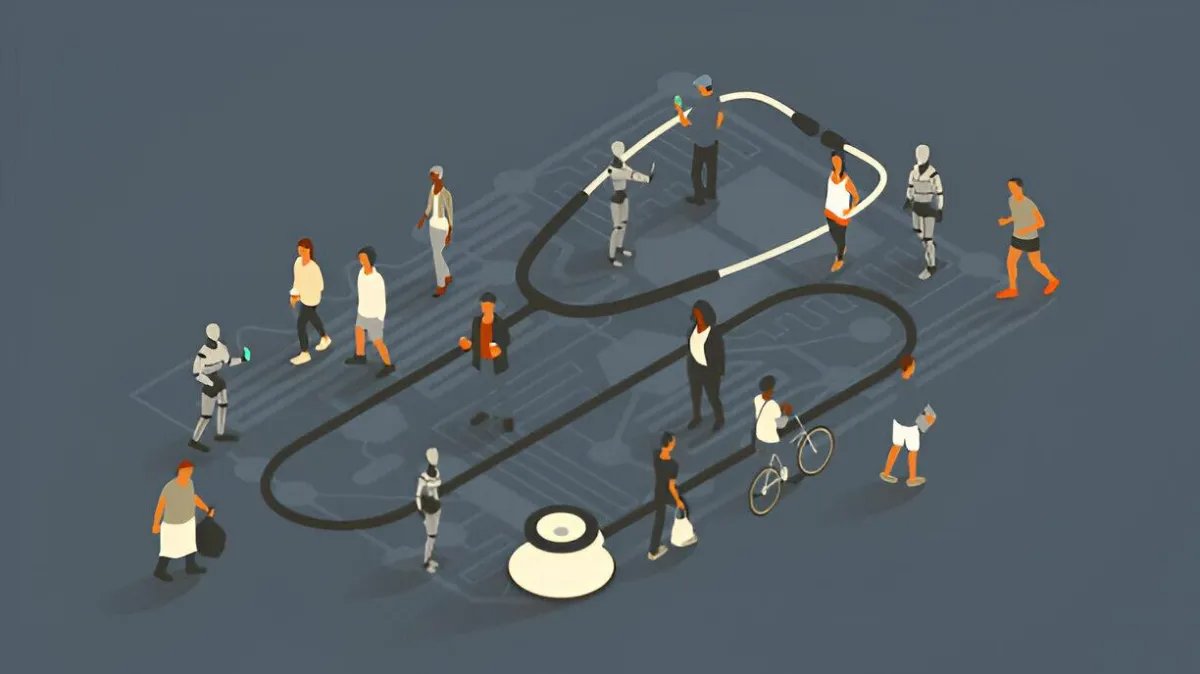
Can federally qualified health centers (FQHCs) and rural health clinics (RHCs) deliver RPM and RTM services?
In the 2024 Medicare Physician Fee Schedule (PFS) final rule, CMS finalized its policy to reimburse remote patient monitoring (RPM) and remote therapeutic monitoring (RTM) services when furnished by FQHCs and RHCs. Prior to 2024, RPM and RTM codes had not been separately billable by federally qualified health centers and rural health clinics, with the services considered "included" within an all-inclusive rate. The rule change was welcome news for FQHCs and RHCs and their patients, as coverage of RPM and RTM will enable these organizations to provide more comprehensive remote care management services to patients while generating meaningful revenue.
What HCPCS code should FQHCs and RHCs use to bill for RPM and RTM?
Use general care management HCPCS G0511. For 2024, Medicare will reimburse FQHCs and RHCs ~$73 for HCPCS G0511.
Can FQHCs and RHCs bill HCPCS G0511 multiple times in a calendar month for the same patient?
Yes, provided that minimum requirements are met. When appropriate, FQHCs and RHCs can now bill G0511 for:
Remote physiological/patient monitoring (RPM)
Remote therapeutic monitoring (RTM)
Chronic care management (CCM)
Principal care management (PCM)
Behavioral health integration (BHI)
Chronic pain management (CPM)
Community health integration (CHI)
Principal illness navigation (PIN)
However, CMS has not clarified how many G0511 codes can be billed to one patient monthly. We know FQHCs and RHCs can bill for the provision of RPM and CCM together (which would generate ~$146 in Medicare reimbursement), but we are awaiting clarification on other billing rules, including whether billing for the initial enrollment/setup of RPM is an acceptable, standalone billing opportunity, as it is with the RPM CPT codes
What HCPCS code should FQHCs and RHCs use to bill for RPM and RTM?
Use general care management HCPCS G0511. For 2024, Medicare will reimburse FQHCs and RHCs ~$73 for HCPCS G0511.
